PHASE 3 GUIDE
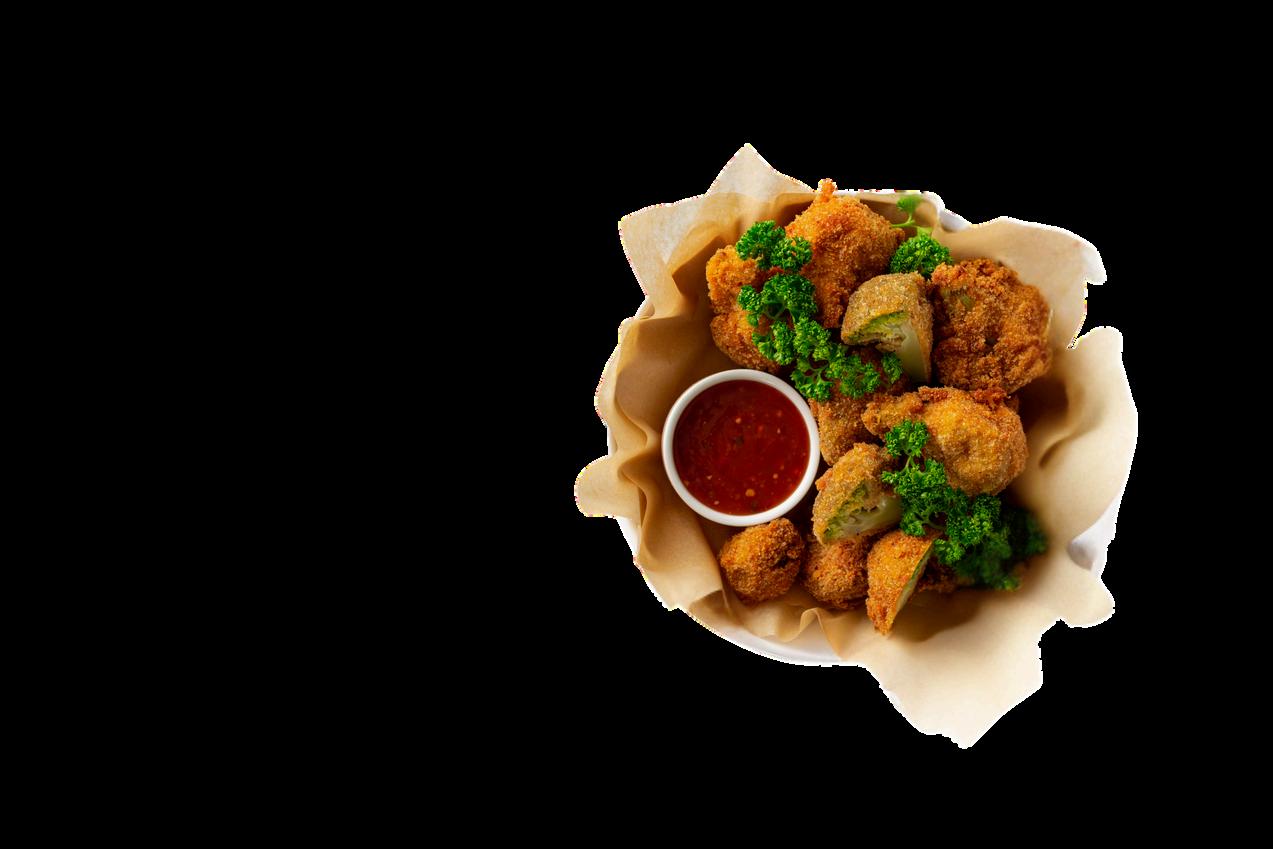
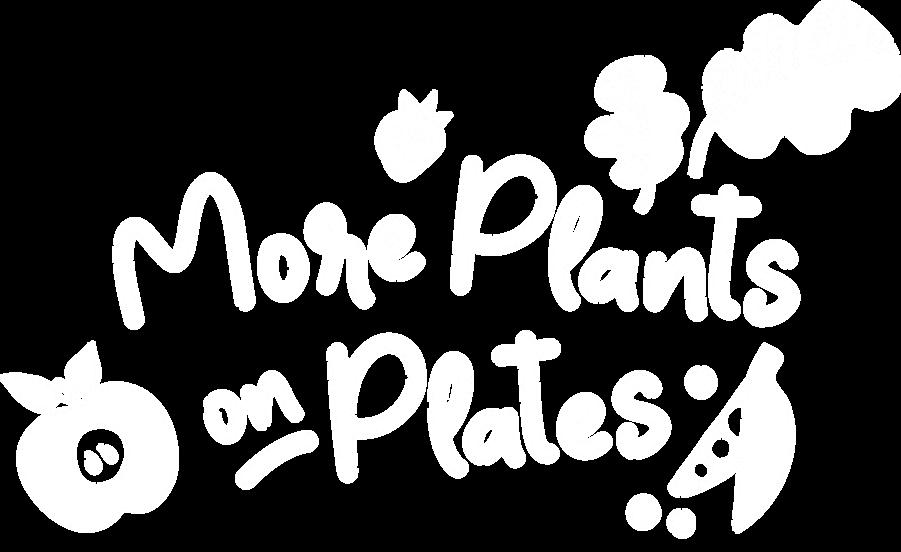
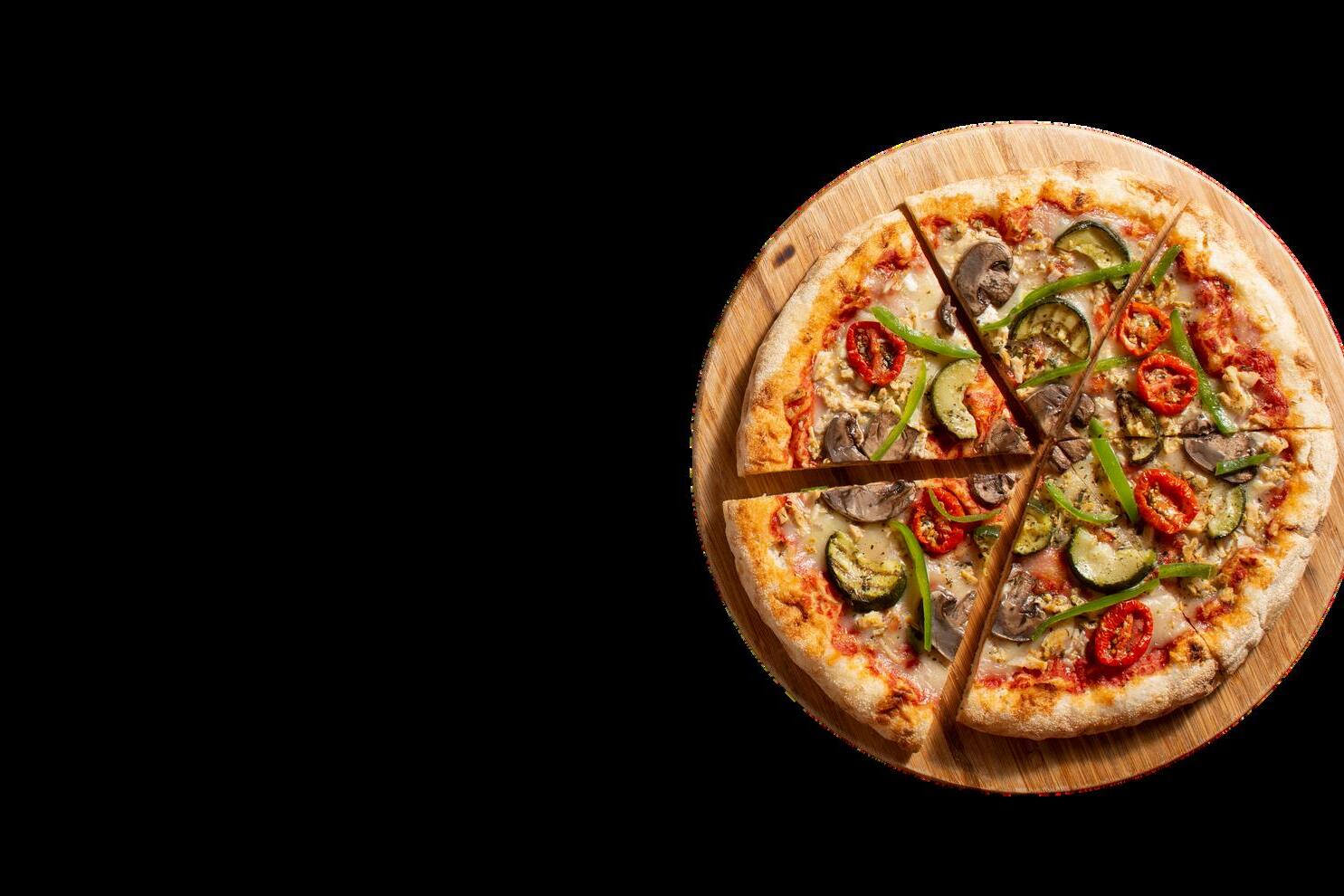
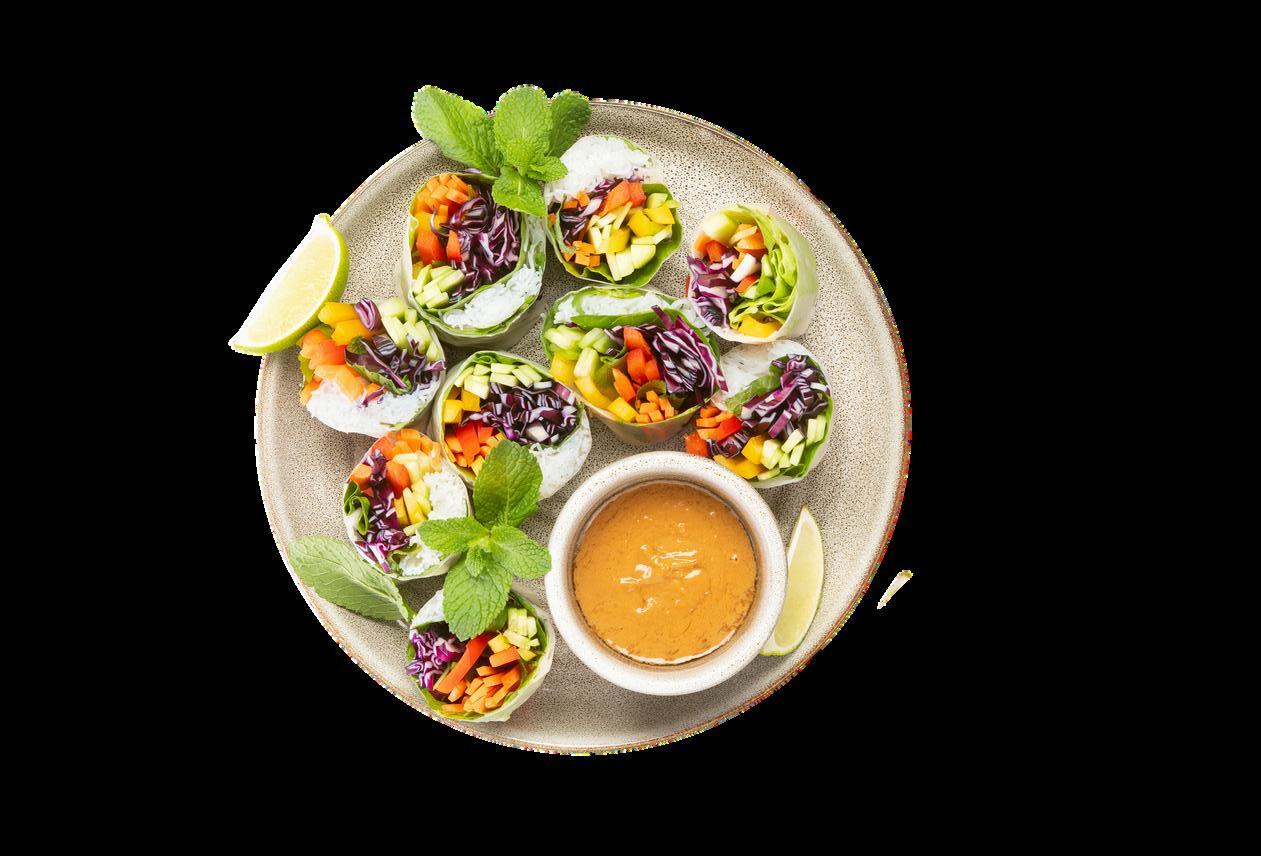

PHASE 3 GUIDE




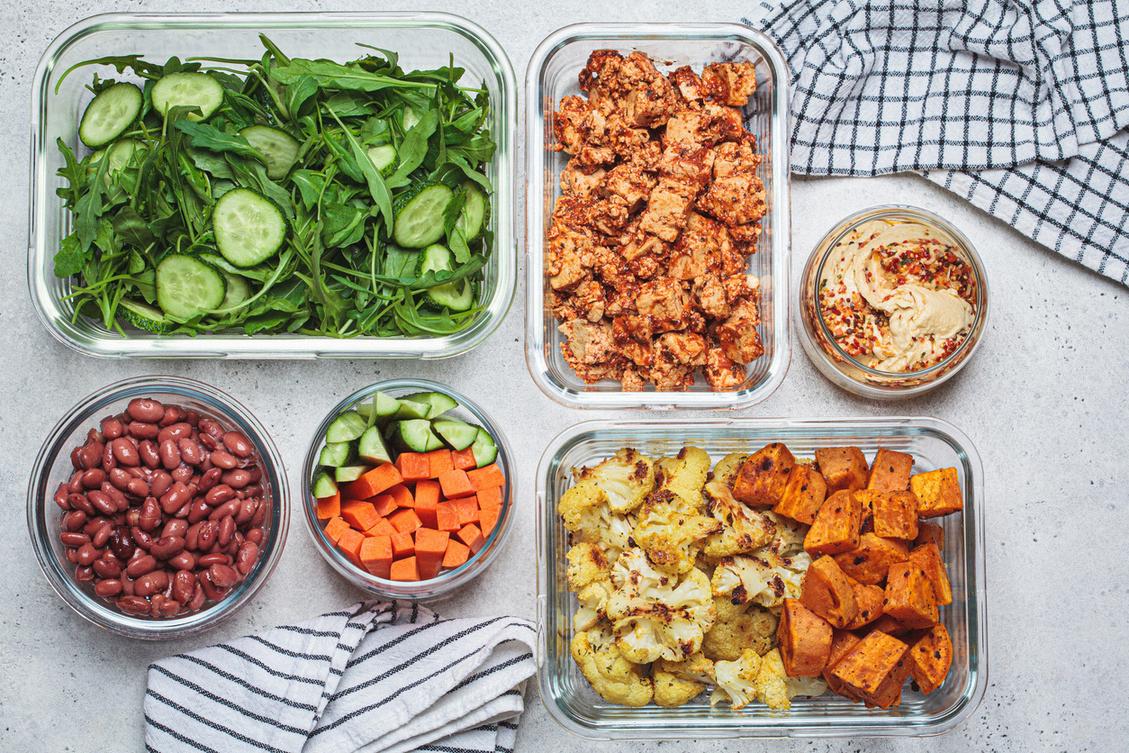
You already bring a wealth of experience marketing and promoting the menus you create. In this section, you’ll find practical strategies, tips, and ready‐to‐use materials to help you build on that success – supporting taste tests, trying new approaches, and creating a food environment that encourages students to choose and enjoy plant‐based meals.
Usingpositive,appealinglanguagethathighlightsthedeliciousnessofthedish,helpsyourteam, students,andotherstakeholdersfeelexcitedaboutmenuchangesfromthestartWhenpeople understandhownewmenuitemscanimprovetheirday–whetherthatmeansfeelingmore energized,satisfied,orsupportedintheirhealthjourney–theyarefarmorelikelytogivethema try.Focusonwhatmakeseachdishdeliciousandappealing.
What do they care about most? What will get them excited about the changes you’re making?
When crafting messages about menu changes, start by considering the needs and interests of your different audiences
Different audiences within your school community may include students, parents, teachers, administrators, and your nutrition team
The key is to show how these changes will make a positive difference in their day‐to‐day life When your community sees the benefits for themselves, your schools, or their children, they are far more likely to support and champion the change
Be intentional with labels.
Students connect with flavor-forward, fun, and descriptive language that makes food sound exciting or appetizing. Playful dish names and words like crunchy, savory, and zesty work well.
“Crispy Chickpea Crunch Bowl” “Power-Packed Bean Tacos”
Students’ family members often respond well to health focused or culturally familiar menu changes Terms like nutritious, nourishing, or nutrient dense resonate strongly
“Our menu updates will help your kids fuel up on delicious options packed with nutrients.”
Words like vegan and vegetarian can unintentionally reduce interest among those who do not identify with those diets For example, Hearty Lentil and Tomato Basil Marinara does not need the word “vegetarian” in the title Those looking for plant based options will notice, and others will not be discouraged by a label that might feel limiting The same applies to terms such as meatless or meat free, which focus on what is missing instead of what makes the dish appealing
Prosocial messaging is a powerful way to encourage behavior change. It highlights choices in a way that makes it feel like everyone else is already on board, creating buzz and a sense of belonging When students think their peers are loving these meals, they are far more likely to jump in and try them too
On your menus, in conversations with students, and in any promotional materials you develop, weaving in prosocial messaging is simple and effective. Many food service professionals are already using this approach to boost interest and participation in their plant‐based and healthier menu items
Prosocial messaging works best when your audience is likely to be influenced by the positive choices they see others making, so don’t be shy about highlighting the plantbased changes trending on your menu
Examples of prosocial messaging:
More people are choosing the edamame bowl than ever before
Lots of students pick the chickpea curry when they want energy for later
Since its debut, the veggie pot pie has only gotten more popular
More people are opting to swap their burgers for the delicious bean burritos
Creating an inviting, exciting cafeteria environment can boost meal participation while fostering a space where students want to spend time and build community A cool, welcoming atmosphere helps make trying new dishes feel like the popular choice.
Merchandise & Decor
Seasonal decor, bright and inviting colors, or creative signage can elevate the salad bar, highlight the daily special, or make the menu board stand out Small touches like these, just like the care you put into the food itself, rarely go unnoticed and can make a lasting impression on how students experience the space and the meals
Set up a simple way for students to share feedback on the featured entrée This might be a comment box, a quick survey, or a board where they can vote for their favorite dish It gives students a voice, helps you learn what they enjoy, and builds a sense of ownership in the menu
Encourage teachers or staff members to share the daily special during morning announcements When students hear adults they trust talking about menu items with enthusiasm, it builds interest and credibility
Celebrate your efforts to inspire confidence and grow student interest. After you gather feedback and collect relevant data, share the positive responses and showcase the effort your team has made
For example, you might highlight:
Replacing traditional chicken nuggets with plant-based nuggets
Swapping out beef crumbles for seasoned lentil taco filling
Introducing chickpeas to the salad bar
Swapping out chicken for tofu in a sizzling stir-fry dish
Sampling hearty mushroom and quinoa meatballs with 90% of students giving them a “thumbs up ”
Adding a plant-based option to the permanent menu after positive student feedback
Hosting a plant‐based taste test every Friday to build excitement and gather input
Featuring a monthly chef’s special plant‐based entrée to keep menus fresh and engaging
Showcasing both these bigger shifts and smaller wins helps students, families, and the school community see the care, creativity, and responsiveness behind your menu – and these stories can inspire more students to participate.
Generate momentum, ease concerns, and showcase your expertise and professionalism by sharing your menu improvements in creative ways. This also helps your team feel proud, knowing their hard work is making a real difference –and when your team feels valued and sees positive reactions from students and families, it builds morale, strengthens commitment, and inspires even more creativity in the kitchen
Consider these ideas for keeping your school community engaged:
Post an article about your updated menus on your district’s website and share it through school newsletters
Send emails to parents that highlight positive changes and upcoming specials
Create a dedicated Nutrition Services Newsletter to share updates, recipes, and success stories on a regular basis
Invite parents to join their students for lunch so they can see the changes firsthand
Use social media to your advantage – post photos of your meals, celebrate progress, and recognize your hard-working team!
Sharing and celebrating wins is so important it builds momentum, strengthens community buy-in, and inspires others to support or replicate your success Here are creative and impactful ways you can share your plant-based meal success stories

Monthly Highlights: Include a “What’s New in the Cafeteria?” section with updates on new plant-based dishes, participation rates, or feedback from students
Parent Emails: Share short updates about health benefits, recipe spotlights, or environmental impact stats to keep families informed on the why.

Local News & Radio: Pitch a feel-good story to local outlets especially if your school is leading the way in the region
Press Releases: A well-timed press release can spotlight your school as a leader in health, innovation, and environmental stewardship.

Post behind-the-scenes photos of the cafeteria team preparing meals, student taste tests, or "favorite dish of the week "
Student Testimonials: Short video clips or quotes from students on what they love about the new meals
Hashtags: Create a unique hashtag like #PlantPoweredAt[YourScho olName]
Staff Appreciation Posts: Celebrate the kitchen staff who make it all happen –like a “Meet the Team” spotlight series
Balanced can help create social media posts specifically for your school
Cafeteria Showcases: Feature themed days (like “Global Plant-Based Day”) and decorate the lunchroom with fun, educational materials
Plant-Powered Taste Test Day: Invite parents, teachers, and local leaders to try new dishes and hear from students and staff
Use Student News Resources such as morning news announcements to recognize the food service team, student leaders, or clubs involved in the transition

The way food is displayed, named, and arranged can have a big impact on what students decide to eat With small, intentional adjustments such as how you stock the line, what you highlight on the menu, or where you place certain dishes, you can guide students toward plant based options without taking away their freedom to choose This thoughtful approach, known as food choice architecture, helps increase participation in plant based meals and builds lasting, healthier habits over time

Food choice architecture is the intentional design of food choices to make the healthy choice the easiest choice It is rooted in behavioral science and can strongly influence the way we select and enjoy food Completely overhauling a menu all at once is unlikely to be an effective strategy But when we can make the plant-based choices easier to access and more appealing in sight, description, and convenience, it becomes an effective strategy for encouraging lifelong healthy habits

Present plant‐based options as everyday choices, not something set apart.
Make the menu board visible.
In the cafeteria, post the menu board in a visible location where students can easily read it as they enter the cafeteria

This is important in building anticipation and getting kids excited about the plant-based offering before they’ve even see it!


Treat them like any other entrée.
Don’t relegate plant-based options to a different section of the menu, integrate them into the main menu
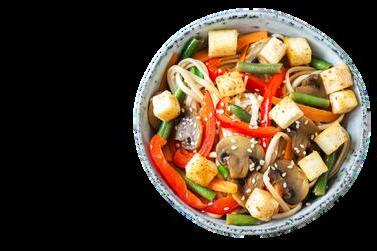
Spotlight plant-based items as the “Main” or “Featured dish”
Display it most prominently on the menu and call it out as the “featured entree or “dish of the day”

Make plant-based dishes sound delicious!
What you call a dish matters If you can build excitement for plant-based dishes from the words and descriptions that you use on the menu, your students are already one step closer to selecting them!

For younger students, go with fun labels and descriptors like:
“Superhero Spaghetti Squash,”
“Totally Cool Tomato Soup”
“The Queen’s Three Bean Chili”
Linking a food product with a beloved adult/influential person is also a good strategy Ask teachers, school leaders, or others on campus if they have a preferred plantbased meal and incorporate that into the menu, e g , “Mr Thompson’s Favorite Hummus Wrap ”
Use signage or marketing materials to recommend featured dishes:
“Lunchroom Pick of the Day”
“Principal Lawson Suggests ”
“Mr Elliot Recommends ”
Strategic placement leads to more selections and higher participation.


Position plant-based items on the main service line in heavily trafficked locations.
If you want to increase salad bar sales, move the salad bar to a central location forcing all students to pass it, not a corner or side wall that requires customers to go out of their way to access it
Position plant-based items at eye level for maximum visibility. Students choose with their eyes before they ever take a bite If students can’t see it, they won’t choose it Position offerings at eye level (or slightly below) and consider using clear bowls for fruit to boost visibility of healthy offerings
Position plant-based dishes first on the serving line.
Convenience and availability are excellent drivers of choice, and people often select one of the first dishes they encounter Make the plant-based foods the first ones they see
Make self‐service simple – easy to reach means easy to choose. Use kid-friendly serving utensils to increase accessibility at all service stations, including salad bars, as well as deli and pizza stations Make sure tongs are easy to reach and use to ensure that students can serve themselves conveniently
The way you serve can guide what students choose.
Use thoughtful serving utensils. Portions communicate what an “appropriate amount” looks like, and can be used to ensure students are serving themselves the right amount Make sure serving spoons are the appropriate size and shape for the food offering

Grab‐and‐go portions make choosing easier. Portioning can boost convenience and encourage selection For example, pre‐portioning fruit into compostable or resuable cups can increase fruit uptake and help keep the line moving.
Make the easiest choice the one you want students to pick
Create gentle barriers for alternate options.
Require an additional step for students who wish to order secondary options For example, instead of placing all entrées out for self‐selection, require students to verbally ask a team member for the secondary option This simple shift can guide habits and increase participation in plant‐based meals
Add a small step for competitive items. For à la carte items that compete with the main meal, build in an extra step for students to access them For example, instead of placing these items directly in the grab‐and‐go line, require students to verbally request them from a staff member This small barrier makes the main meal the easiest, most natural choice.
Put a sample plate on display. Show an example of a complete plant-based meal Highlight the day’s featured plantbased dish as a reference during meal service When decision fatigue hits, we automatically look to what others are doing and what the “default meal” is


Not every menu improvement needs a spotlight In many school communities, making quiet, thoughtful changes can be the most effective approach Stealth strategies allow you to introduce more plant based options without drawing attention to the shift, which can reduce the chance of pushback and often go completely unnoticed by students These subtle adjustments preserve choice while making plant based meals a natural part of the cafeteria experience
For example, if you replace some of the meat or a processed ingredient in a chili dish, a simple change in the name from “Beef Chili” to “Hearty Chili,” or even just “Chili,” will almost always go unnoticed
Stealth strategies can make plant based choices easier, more convenient, and simple for students
Stealth health is about making offerings healthier in a subtle way, without drawing attention to the changes
Encourage line servers and staff to present plant‐based dishes with the same enthusiasm and matter‐of‐fact tone as everything else on the menu. No special labels or disclaimers are needed – just genuine positivity.
Pair with food choice architecture
For example, placing the plant‐based entrée first in line or at eye level makes students more likely to choose it without any extra promotion
Occasionally swapping out salad bar toppings like bacon with sunflower seeds or crunchy chickpeas, and reducing the number of cream-based dressings
Introducing blended burgers or meatloaf made with beans, lentils, or mushrooms to reduce the overall amount of meat while keeping familiar flavors and textures

Featuring a bean and vegetable soup once a week instead of a cream‐based or meat‐based soup Featuring plant‐based proteins in popular dishes, such as using tofu or tempeh in stir‐fries or grain bowls without calling extra attention to the swap
Limiting the variety of toppings at a deli or pizza bar
For example, instead of offering Meat Lovers, Pepperoni, and Sausage pizzas, replace one with a veggie option Students will still have two pizzas with meat, but with the addition of a plant-based option
You have already taken important steps to build buy‐in with your team Now it is just as important to extend that effort to students, families, and school administrators When these groups feel informed, included, and valued, they are far more likely to support and even champion your menu changes
Engaging students and their families helps turn curiosity into excitement and builds a sense of pride in what is being served Involving school leaders and administrators creates allies who can help clear roadblocks, share successes, and ensure that these changes are viewed as part of a larger vision for the school.

Buy‐in from your wider community transforms menu improvements from simple operational changes into something that feels meaningful and shared. It helps address concerns early, sparks creative ideas, and increases the likelihood that your plant‐forward menu will not only be implemented but embraced and sustained over time.

Send home flyers, post on social media, or include updates in newsletters Let families know what’s changing and why it matters for their kids’ health.


Use surveys, comment boxes, or casual conversations to invite input. Show parents their voices matter - and that you're listening.

Promote new dishes with photos, student reviews, or “featured entrée” highlights Invite students to help name meals or vote on their favorites.
Keep messaging simple and supportive: “These meals are packed with nutrients, fiber, and fresh ingredients that help students feel good and do their best.”




Host a special breakfast or lunch to preview new menu items. Use it as a space to connect, share your goals, and invite feedback.
Let others know the direction is set - but their voices matter in shaping how it’s done Ask: “How can we make this even more appealing for students?”
Offer a quick overview of how these meals support health, focus, and classroom behavior. Keep it short, practical, and student-centered.
Acknowledge the challenges school staff face and position your work as contributing to student success. Emphasize shared goals and mutual benefit.
Here’s a set of sample messages you can use or adapt for newsletters, team meetings, social media posts, or informal pep talks to help build buy-in with key stakeholders - including school staff, administrators, families, and students. These messages are designed to inspire support, foster collaboration, and keep everyone informed as you introduce more plant-based options.
We’re excited to share that our food service team is working to introduce more plantforward, fiber-rich options to our menus These changes are rooted in the latest nutrition science - and designed to help our students feel better, stay focused longer, and build lifelong healthy habits We’d love your feedback and support as we roll out new items. We know these efforts work best when we collaborate across the school community. Thank you for being a part of this exciting shift!
Our school is working to offer more nutritious, plant-based meals to help students feel their best and build healthy habits for life. These meals are packed with fiber, fresh ingredients, and kid-friendly flavors. We’ll be trying new recipes and gathering student input along the way! You may see some updates on menus - please feel free to reach out with questions or feedback. Your support and partnership are so important as we nourish the next generation.
Great meals fuel great minds! We’re rolling out new plant-forward menu options designed to nourish students and support their well-being. Want to taste-test or share your thoughts? Stay tuned - we’re making this a team effort!
Hey [School Name] students! We’re adding some exciting new meals to the menu - plant-based dishes that are tasty, filling, and good for you. We want your feedback on what you love (or don’t!), so don’t be shy. There will be chances to taste-test, vote, and help shape what’s served. These changes are for you - so let’s build a menu that works for everyone!
We’re updating our menus to include more fresh, plant-based meals that support student health, focus, and energy These changes are based on research, driven by care, and made with students in mind We’re excited to partner with families and school staff every step of the way - your input matters!
Taste testing is a simple, effective way to build excitement, gather feedback, and help students ease into new menu items It creates a low‐pressure space to try unfamiliar foods and gives your team valuable insights that can reduce waste and boost participation The next few pages offer quick tips and best practices for taste testing new plant‐based items with your school community. For detailed tools and step‐by‐step guidance, see the Taste Testing Toolkit.
Taste testing starts with your team and school staff
Empowerment and involvement in the decisionmaking process are critical within your team Including school staff in the process will not only create buy-in at all levels, it will foster a relationship between school and cafeteria staff
Make a new dish or item, let your staff try it, and give feedback.
When you make a new dish or item, let your staff try it and give feedback. “Come down to the cafeteria on Monday and try a sample of our new protein-packed pasta sauce Your opinion matters”
Get your students involved in taste testing It’s all about making them feel empowered and part of the decisionmaking process
Allowing them to taste test foods will make them familiar with the options when they are on the serving line Imagine them saying, “I tried this last week and it was awesome!”
If you, your team, or school staff appear to show negative behavior towards new dishes the students will notice Getting your team and school staff on board from the start will set the tone for positivity This is a key step in getting students excited to try new things
NYC schools learned that simply leaving samples in the lunch line or placing them on trays isn’t very effective Instead, bring a tray of samples into the cafeteria, hand them out personally, and talk with students about what they’re trying
Then follow up with a few specific questions:
Did you like the flavor?
Was it too spicy or not spicy enough? What did you like or dislike about it?
Would you choose it if it were served at lunch?
When you talk with students, focus on the food itself – avoid using words like vegan or vegetarian so the conversation stays about taste and experience.

Gathering feedback is only the first step – what you do with it matters just as much. Take time to review and analyze what students and staff share, look for patterns, and use those insights to guide menu decisions.
Just as important, let your school community know their input made a difference When students, staff, and others see that their feedback shaped what’s offered, they feel heard, valued, and more excited to try new items.
Create a poster split into three sections: “I loved it” “I liked it” and “not for me ”
Provide stickers for students to place on the poster
For younger students, ask them directly
Have a team member survey students and record their responses - including any meaningful feedback or testimonials they share
Create a form where students can circle a smiling face, a neutral face, or a frowning face
Use a QR code linked to a short survey that they can fill out on their phones
Google forms is an easy platform to use
Keep your survey short and simple, but leave room for additional feedback
Here are some sample questions:
Did you try the taste test today?
On a scale of 1-5 (1 being the worst) how would you rate the flavor?
On a scale of 1-5 (1 being the worst) how would you rate the texture?
Yes or no, would you consider choosing the food if it were offered for lunch? What changes would you suggest to make the food even better next time?
Celebrating and sharing wins is so important - it builds momentum, strengthens community buy-in, and inspires others to support or replicate your success. Here are creative and impactful ways you can share your plant-based meal success stories:
Monthly Highlights:
Include a “What’s New in the Cafeteria?” section with updates on new plant-based dishes, participation rates, or feedback from students
Parent Emails: Share short updates about health benefits, recipe spotlights, or environmental impact stats to keep families informed on the why
Plant-Powered Taste Test Day: Invite parents, teachers, and local leaders to try new dishes and hear from students and staff
Cafeteria Showcases:
Feature themed days (like “Global Plant-Based Day”) and decorate the lunchroom with fun, educational materials
Student News Resources: Use morning news announcements to recognize the food service team, student leaders, or clubs involved in the transition
Post behind-the-scenes of the cafeteria team preparing meals, student taste tests, or "favorite dish of the week "
Student Testimonials: Short video clips or quotes from students on what they love about the new meals
Hashtags: Create a unique hashtag like #PlantPoweredAt [SchoolName]
Staff Appreciation Posts: Celebrate the kitchen staff who make it all happenmaybe even a “Meet the Team” spotlight
Balanced can help create social media posts specifically for your school
Local News & Radio:
Pitch a feel-good story to local outletsespecially if your school is leading the way in the region
Press Releases:
A well-timed press release can spotlight your school as a leader in health, innovation, and environmental stewardship
Frame the transition in terms of benefits like improved student health, lower food costs, and environmental stewardship
☐ Return the Jotform to Receive T-Shirts, Stickers & Posters
Complete the form so we can send you campaign materials to help spread awareness and show your support visually
☐ Return the Jotform to Receive Your Grant Payment

Submit your completed form to ensure you get your funding
☐ Check Out These Additional Resources
Review our one-pager and linked materials for tips, tools, and examples to strengthen your campaign strategy
☐ Start Deciding Which Menu Items or Products to Taste
Identify the foods you want to add to your menus, and connect with vendors to get free samples of plant-based products, so you can gather feedback and build support for healthier options
☐ Identify Volunteers to Help with Taste Testing
Recruit school staff, parents, or community members to help with taste testing.
